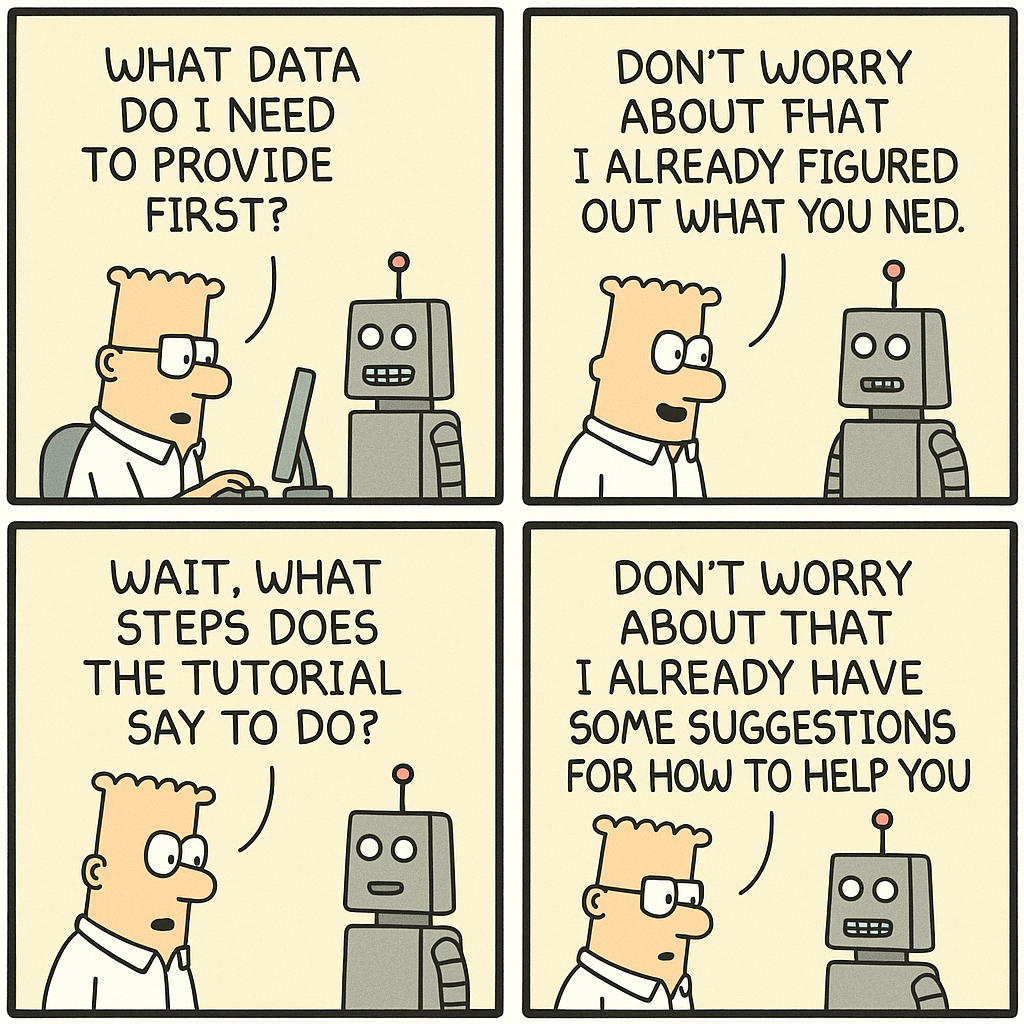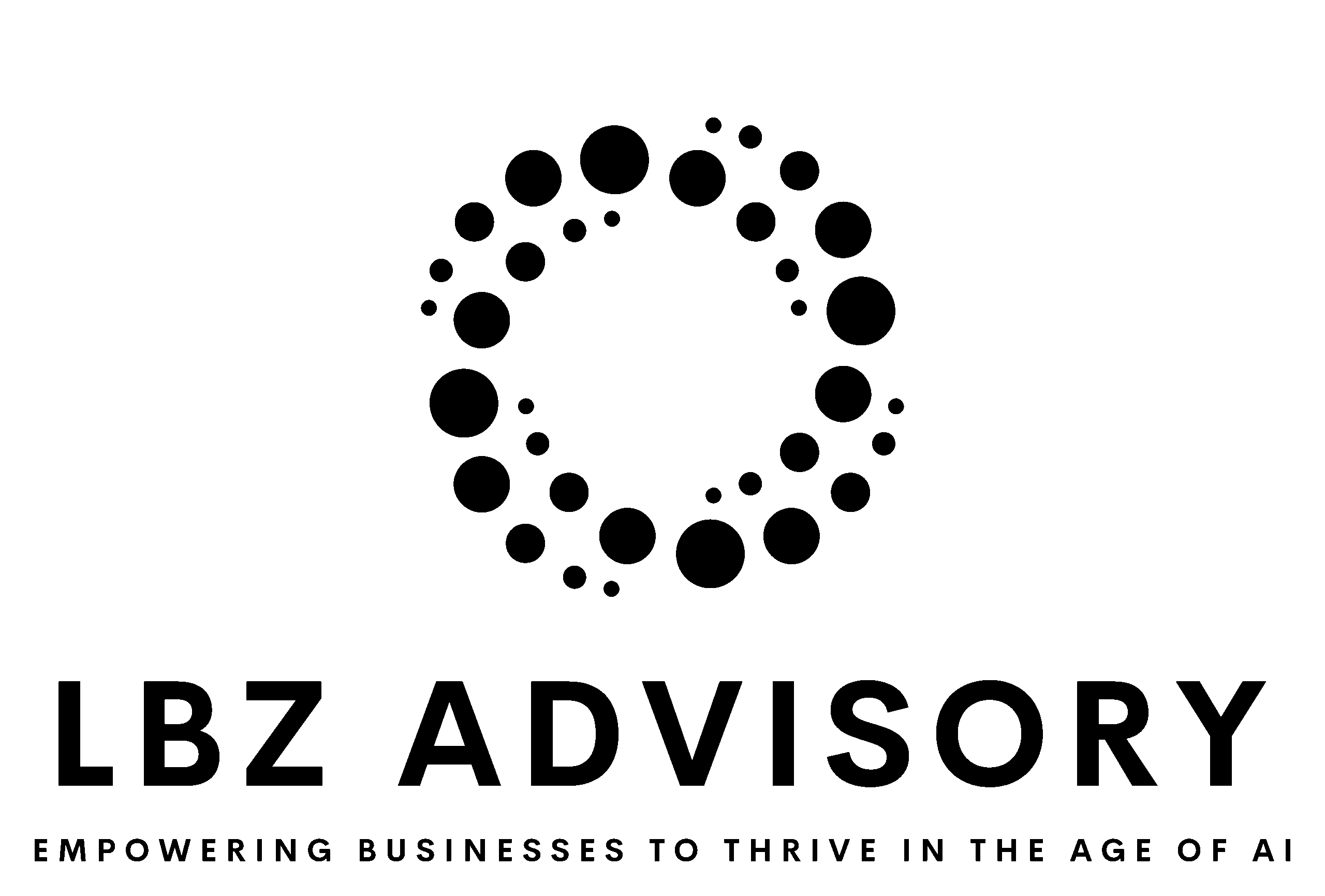Building strong teams isn’t about making everyone feel comfortable all the time. It’s about embracing discomfort, fostering tension, and leveraging awkward moments.
Leaders often aim to create harmonious, comfortable environments for their teams. However, research from academia and the military reveals that discomfort, tension, and even awkwardness can be essential for fostering strong, resilient teams. This deep dive explores these counterintuitive principles and offers actionable insights for leaders.
The Research is Clear
In the academic realm, professor Brené Brown has popularized the idea of “rumbling with vulnerability.” Her research shows that the highest performing teams are ones where people are willing to have uncomfortable conversations, ask for help, admit mistakes, and confront conflicts head-on rather than avoiding them. Building trust requires risking discomfort. She argues that “you can’t get to courage without rumbling with vulnerability.”
A study from the University of California found that teams exposed to moderate stressors, such as conflicting ideas, perform better. This tension pushes them to think creatively and solve problems collaboratively. Another study by MIT showed that diverse teams, often experiencing initial discomfort, outperform homogeneous teams in the long run.
Management scholars like Patrick Lencioni have identified artificial harmony and lack of healthy conflict as key dysfunctions that hold teams back. When teams suppress all disagreement in the name of getting along, they miss out on the creative abrasion that comes from differing viewpoints. Excessive comfort with the status quo breeds complacency.
The Army has studied what makes effective combat units and found that “intermediate levels of stress” can enhance team cohesion and performance. Units that face challenges and hardships together tend to develop stronger bonds and rise to the occasion. Modern military training, like in the U.S. Navy SEALs, mirrors this. SEALs undergo “Hell Week,” a period of extreme physical and mental stress. This shared hardship builds trust, resilience, and cohesion. Some discomfort forces the team to communicate more, support each other, and discover their full capabilities. However, too much stress and adversity becomes counterproductive.
The military uses Stress Inoculation Training (SIT) to prepare soldiers for high-stress situations. This training involves exposing individuals to controlled stressors to build resilience and improve performance under pressure. Leaders in the corporate world can apply similar principles by creating simulations or challenging scenarios that push teams out of their comfort zones, preparing them for real-world challenges.
The U.S. Army also conducts After Action Reviews (AARs) to evaluate missions, focusing on what went well and what didn’t. This process involves candid, sometimes uncomfortable discussions about mistakes and areas for improvement. A file teams leaders adopt Retrospectives to promote a culture of continuous feedback and learning. But if not done right, you miss a huge opportunity. Don’t shy away from discomfort.
But what about Psychological Safety?
This doesn’t mean comfort all the time. It means fostering an environment where discomfort is embraced as part of the growth process. Google’s Project Aristotle found that the best teams had a balance of psychological safety and productive discomfort.
Applying This to the Tech World
Psychologically safe teams without enough challenge can stagnate. They need a degree interpersonal tension, disagreements, and difficult conversations. This friction generates the heat required for growth and prevents groupthink.
So while leaders need to foster a baseline of psychological safety, they must also be willing to disrupt comfort and introduce controlled doses of friction. This could look like:
- Assigning team members to advocate for views they don’t personally hold during discussions to surface alternative perspectives
- Bringing in outside provocateurs to question the team’s assumptions and spur novel thinking
- Instituting rotations where team members swap roles or projects temporarily to build adaptability
- Continuously raising the bar and setting new challenges so the team doesn’t rest on its laurels
Another less obvious insight is that bonding doesn’t always require fun, lighthearted interactions. While those have their place, teams arguably grow closer by struggling together through adversity than by going to happy hours. Research on “stress inoculation” in the military shows that exposure to difficult conditions in training prepares units to gel and perform under the pressures of combat.
In the workplace, this could mean taking on a project with a daunting deadline, doing a community service activity that pushes people out of their element, or even engaging in structured conflict through sparring, debate, or gaming. The key is framing the stressful experience as a challenge to be met together.
Imagine a hackathon. Developers from different backgrounds come together to solve a problem in 24 hours. It’s chaotic, stressful, and uncomfortable. Yet, this intense environment often produces innovative solutions and tight-knit teams. The discomfort pushes them to communicate, collaborate, and think outside the box.
Managers may also shy away from giving critical feedback for fear of hurting feelings or damaging relationships. But experts actually want more negative feedback than novices. People who are committed to mastery in their roles want to know how to improve, even if it’s uncomfortable. Deferring feedback fails to help them grow.
So leaders need to get comfortable with the discomfort of delivering constructive criticism. They can mitigate the interpersonal friction by:
- Establishing an understanding up front that feedback will be frequent and forthright
- Modeling receptivity by inviting feedback on their own performance
- Balancing critiques of behavior with affirmations of overall ability and value to the team
- Instituting regular team debriefs where self-evaluation and mutual coaching are the norm
Perhaps the deepest paradox is that building deep trust and intimacy requires risking vulnerability and even pain. We’re wired to self-protect and avoid discomfort. But that is what keeps interactions superficial. Researcher Patrick Lencioni talks about the temptation for teams to settle for “artificial harmony” rather than grappling with sensitive issues.
Ultimately, the leader needs to go first in modeling these behaviors. Showing some cracks in their armor gives permission for others to do the same. Revealing some insecurity or struggle is a show of trust that induces reciprocation.
Of course, all of this requires great care and discernment. Psychological stress can easily tip from stimulating to overwhelming. Trust has to be earned before making oneself vulnerable feels tolerable. Feedback must be meaty but not demoralizing.
But when a leader gets the balance right, they can take the team to rare levels of candor, commitment and collaboration. The path is not always smooth or straightforward. But hard-won trust and sharpening prove more durable than superficial politeness. The discomfort is productive when it serves a worthy shared purpose.
Conclusion
In the tech world, embracing discomfort can lead to stronger, more innovative teams. It’s about finding that balance where discomfort fosters growth, creativity, and trust. By applying these principles, tech leaders can build teams that not only survive but thrive in the face of challenges.
**Remember:** Discomfort isn’t the enemy. It’s the catalyst for growth. Just like in the military, the most resilient and cohesive teams in tech are forged through shared challenges and productive discomfort.
















